Driving proficiency extends far beyond simply steering a vehicle; it demands a set of vital skills essential for ensuring safety on the road. Among these skills, hazard perception stands out as a cornerstone. This ability involves swiftly identifying potential dangers on the road and responding adeptly to avert accidents. In this all-encompassing guide, we will delve into the crucial elements of hazard perception, offering practical insights, valuable tips, and a tailored practice test geared to enhance your hazard perception abilities.
Comprehending Hazards: Discerning Impending Threats
Before delving into the depths of hazard perception, it is imperative to grasp the essence of hazards. Hazards encompass any elements that present potential threats on the road. They can stem from stationary road features or the actions of fellow road users. Stationary hazards comprise intersections, curves, traffic signals, construction sites, and adverse weather conditions. Conversely, dynamic hazards arise from the behaviors of other drivers, pedestrians, cyclists, and even animals.
Becoming a perceptive driver hinges on the ability to spot hazards as early as possible. This skill involves extracting crucial details from the sensory information available. By keenly observing cues and predicting the actions of fellow road users, you can proactively ready yourself to respond effectively to looming dangers.
Clues for Heightened Hazard Perception: Sharpening Your Observational Acumen
Numerous cues can assist you in anticipating hazards on the road. By honing your attention to these cues, you can cultivate a more perceptive approach to driving. Let’s explore some of these cues:
1. Road Signs and Markings: Road signs and markings furnish invaluable information about potential hazards ahead. Signs adorned with red borders often signal warnings or impending hazards, while circular signs featuring red borders indicate orders or restrictions. Blue signs provide positive directions, and yellow signs are deployed for temporary restrictions at construction sites. Road markings can also serve as warnings, such as broken white center lines indicating an approaching hazard.
2. Location, Time of Day, and Weather: Factors like location, time of day, and weather conditions significantly influence the likelihood of encountering hazards. For instance, children are more likely to populate the road before and after school hours, and diminished visibility due to adverse weather can heighten accident risks. By factoring in these variables, you can proactively anticipate potential threats.
3. Types of Road Users: Distinct road users exhibit diverse behaviors and traits, offering clues to potential hazards. Children might display less awareness of road safety rules and engage in unpredictable actions. Elderly individuals might require more time to traverse the road, and animals can be easily startled by traffic. Recognizing the attributes of different road users equips you to predict their actions and adapt your driving accordingly.
Practice Test: Elevating Your Hazard Perception Skills
To augment your hazard perception capabilities, we’ve curated a practice test tailored for the HPT ACT. This assessment will evaluate your capacity to identify and respond to potential hazards on the road. Emphasize keen observation and anticipation while undertaking this test.
Test Instructions and Scenarios:
The test encompasses an array of scenarios, each depicting a potential hazard. For every scenario, you’ll be tasked with pinpointing the hazard and selecting the most suitable course of action. These scenarios will challenge your ability to identify hazards in diverse driving conditions, including urban settings, highways, and adverse weather scenarios.
Observation and Analysis of Scenarios:
Vigilant observation of scenario details is paramount. Scrutinize each scenario meticulously, considering all conceivable hazards and their potential repercussions. Pay close attention to cues such as road signs, fellow road users’ behaviors, and environmental elements contributing to the hazard. Regular practice of this test will refine your hazard perception skills, transforming you into a more adept and secure driver on the road.

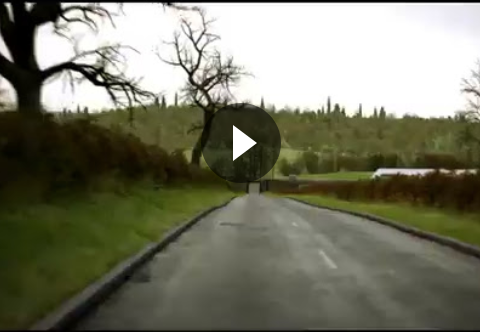
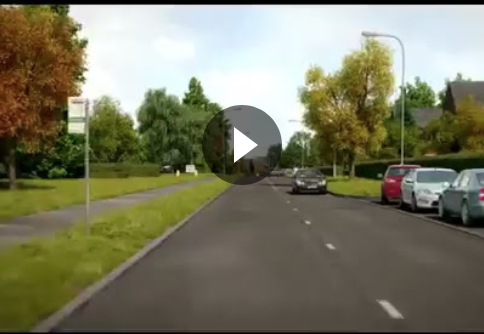
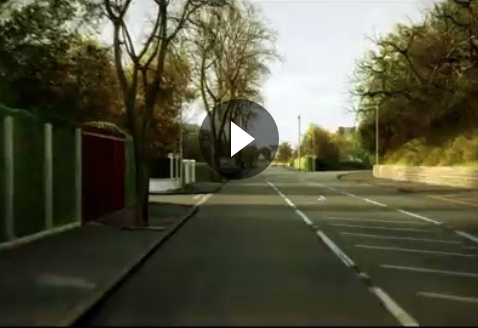
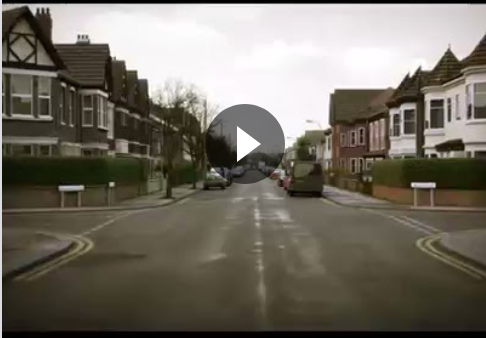

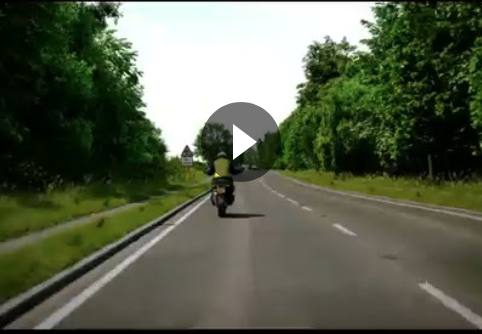
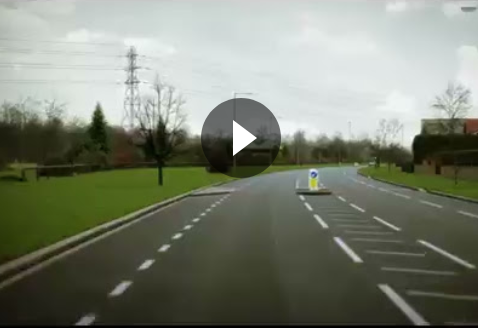

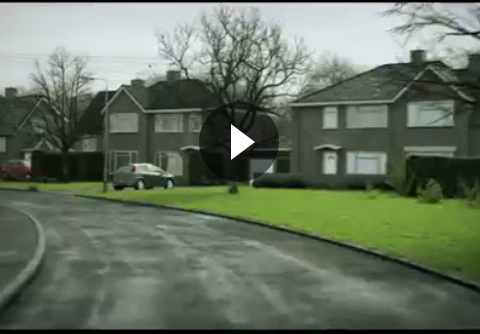
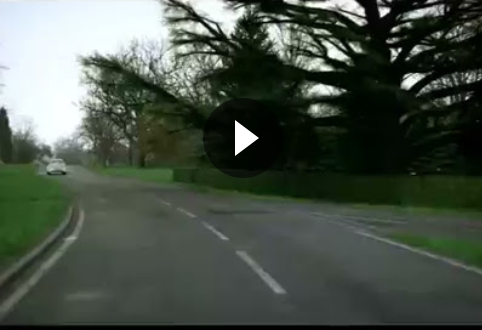
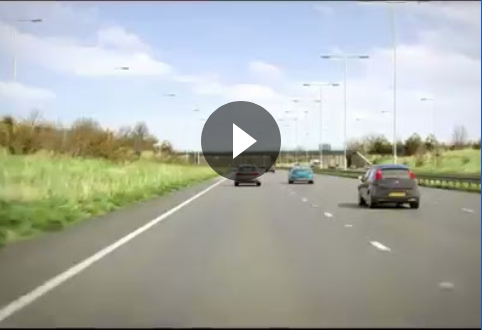



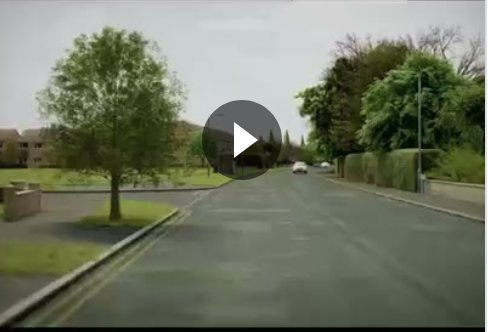
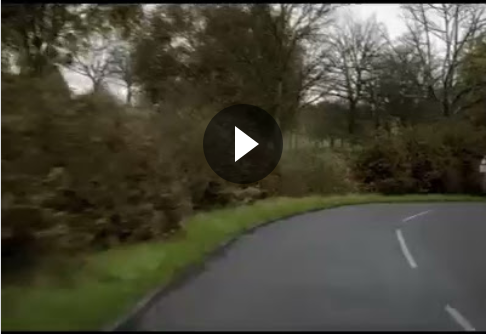
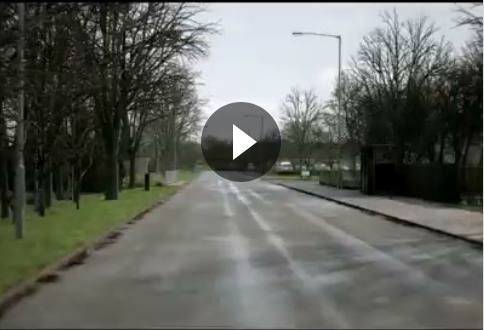
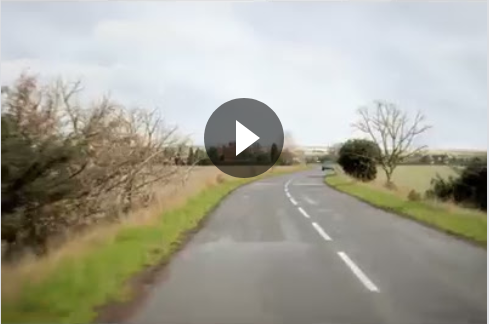
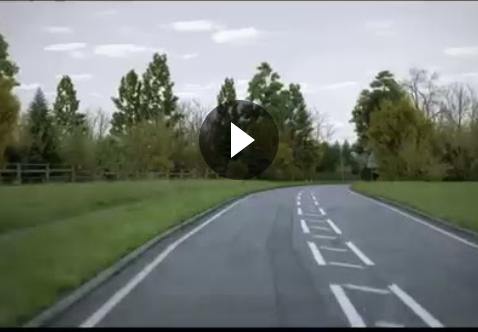

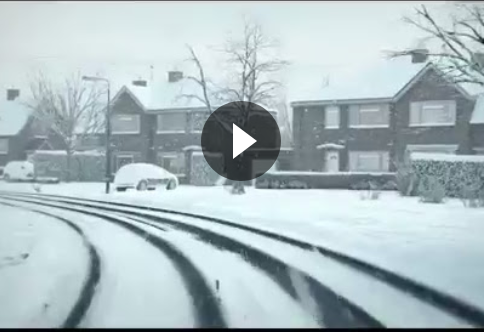
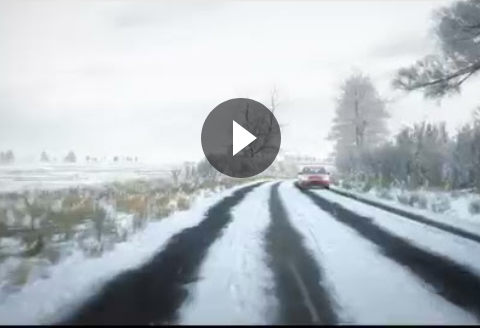

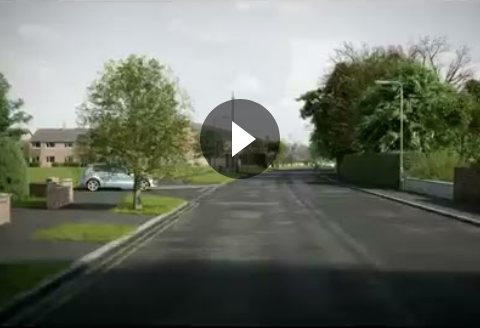

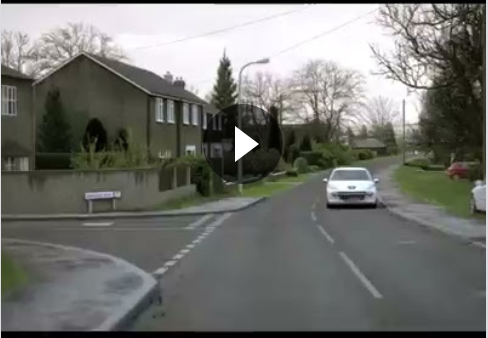
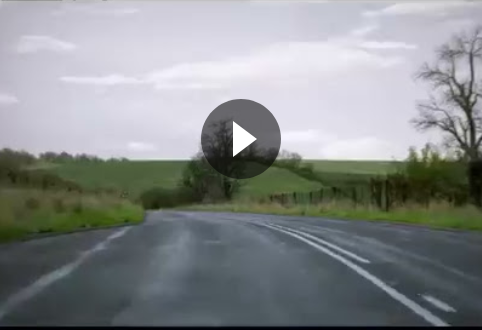

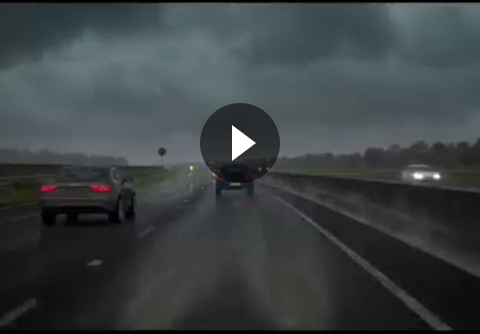
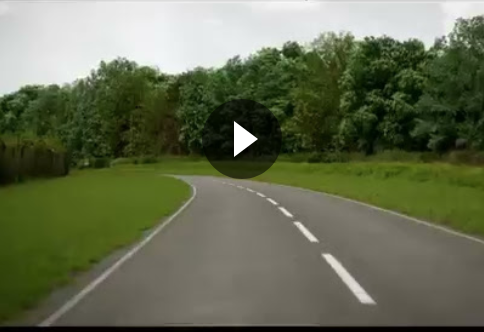
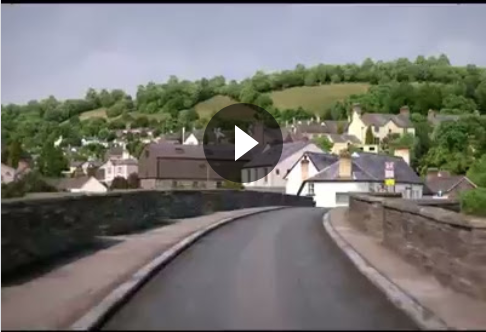
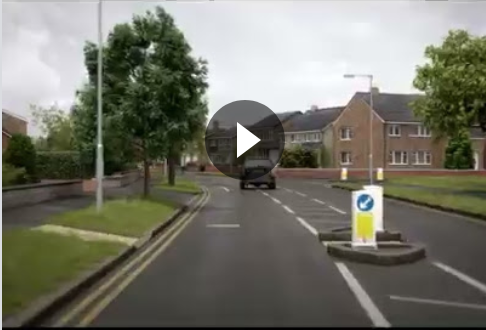
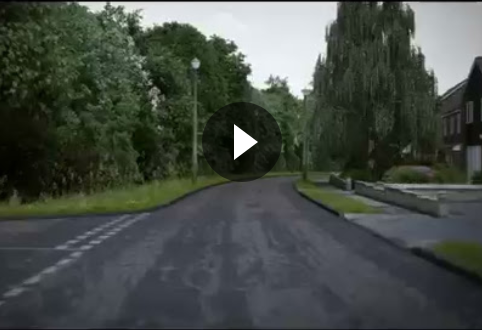
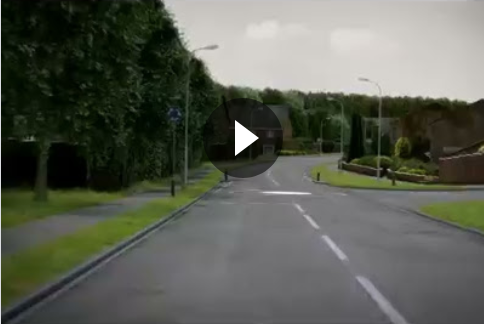

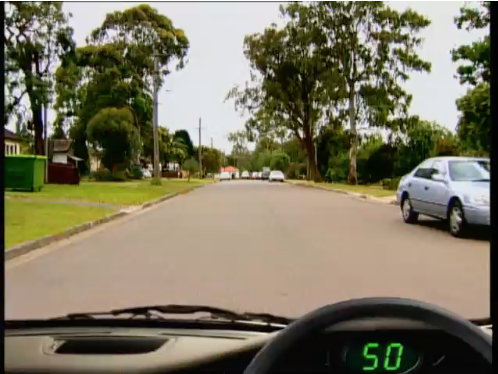

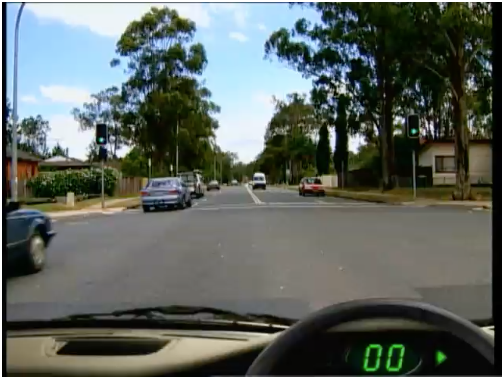
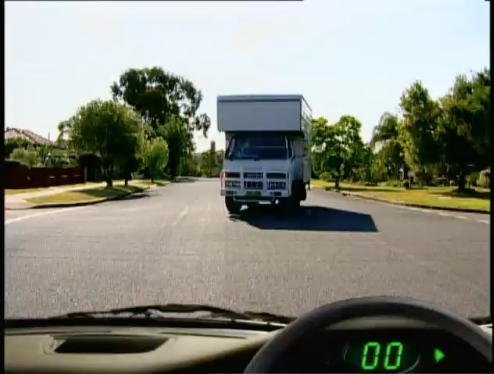
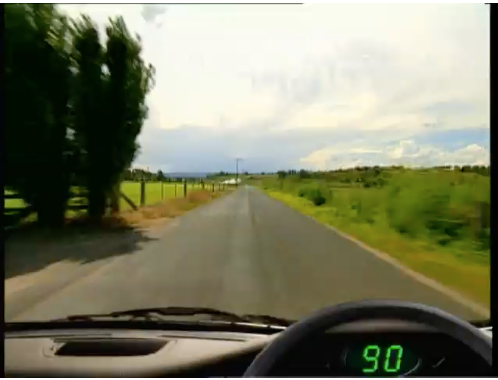
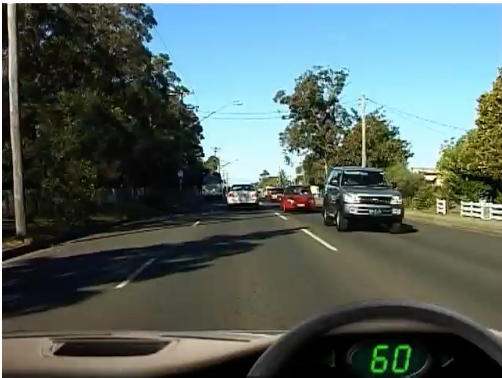
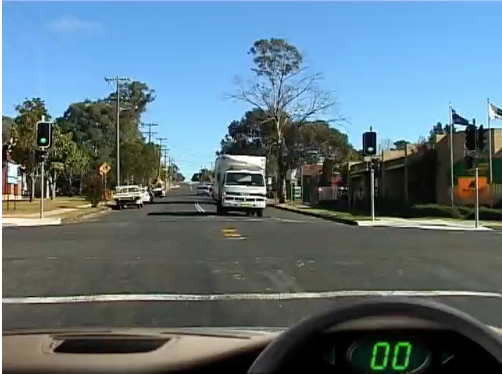
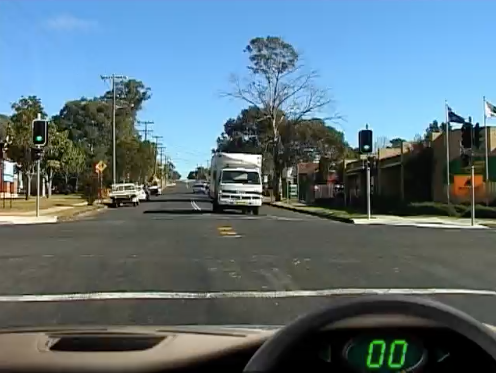
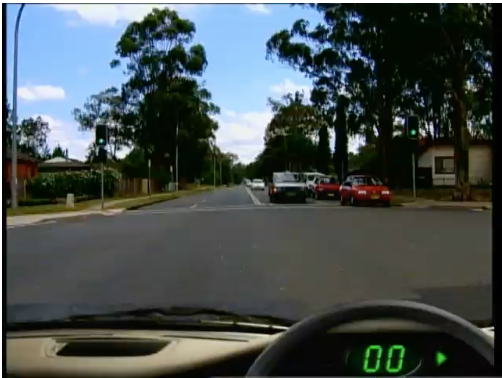
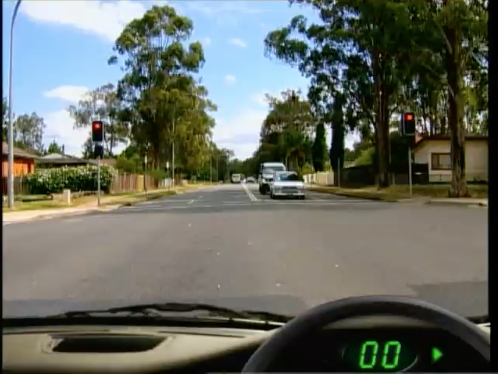


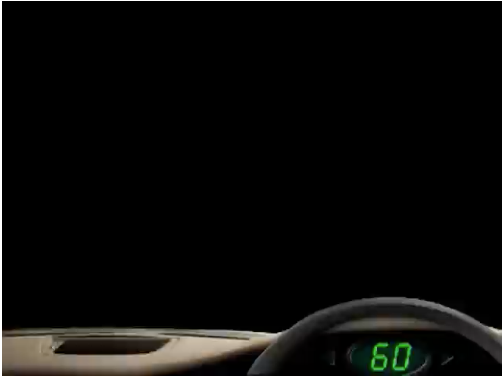
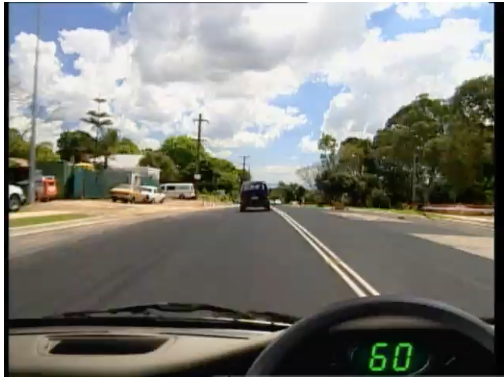

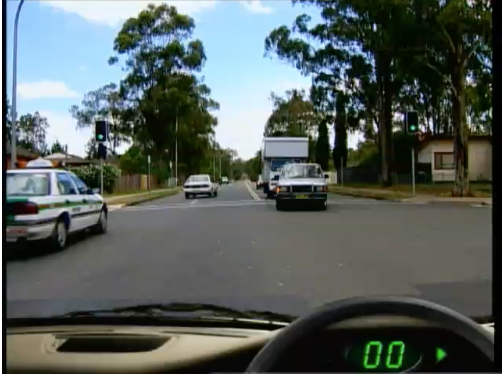

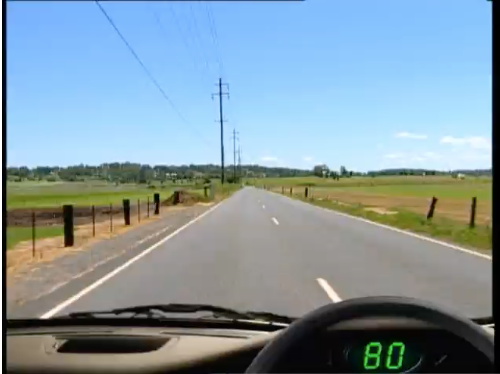
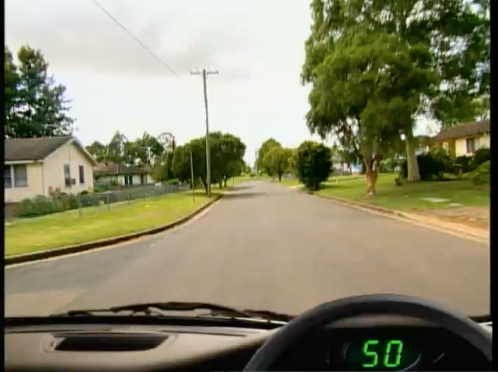

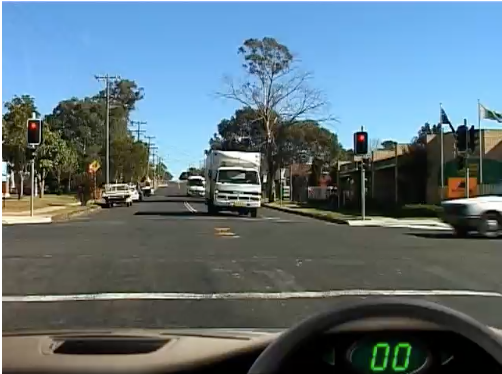
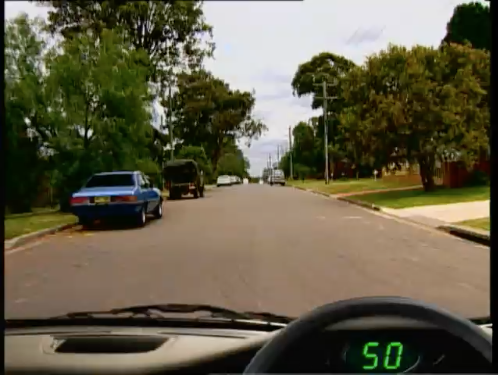
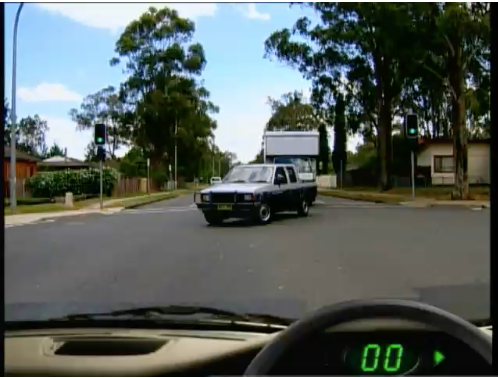
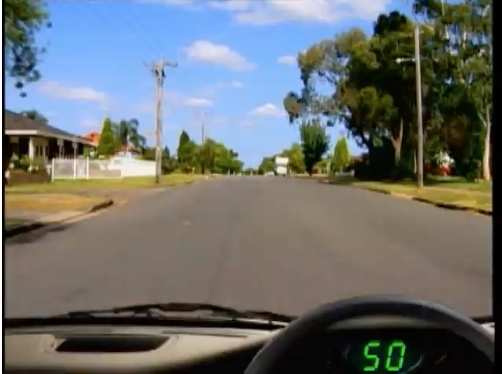

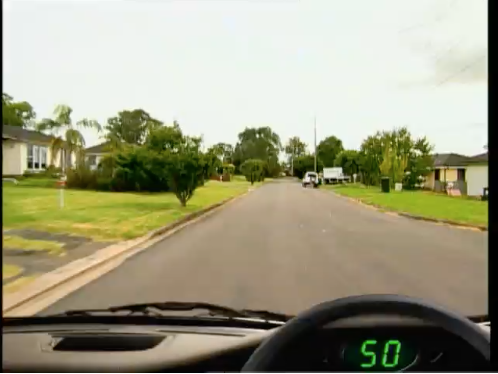
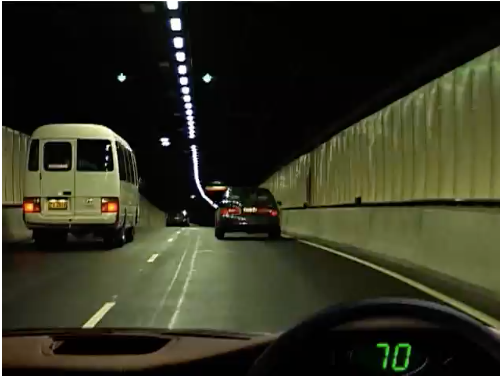
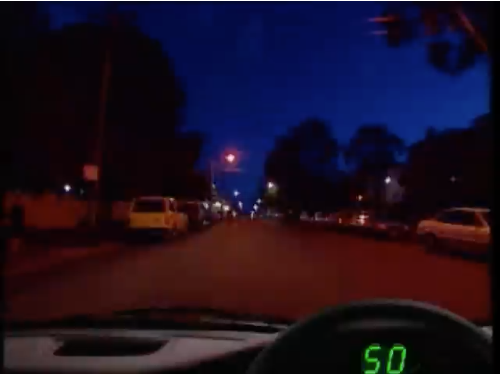
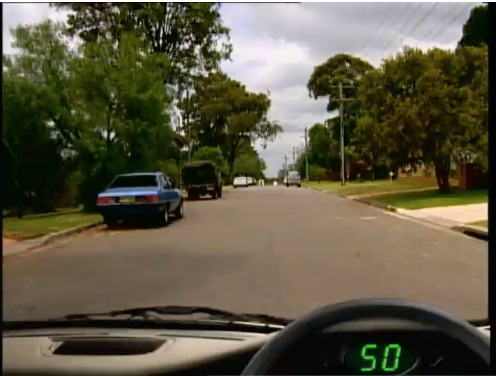

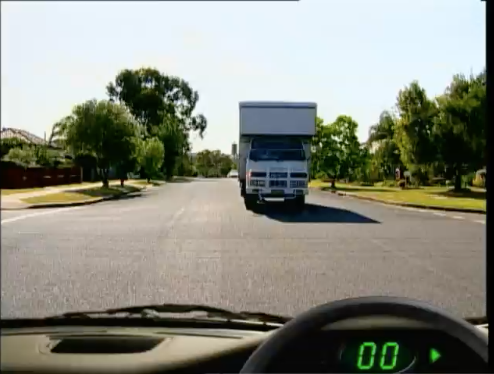
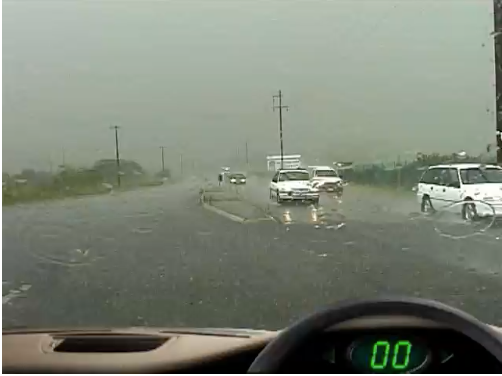
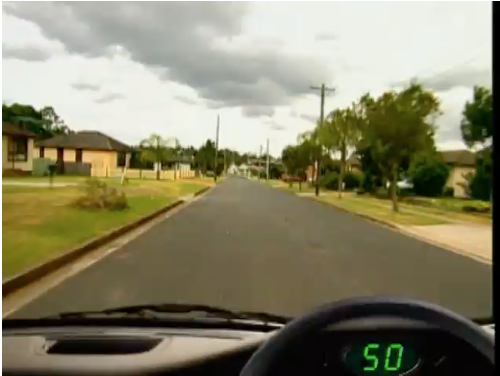
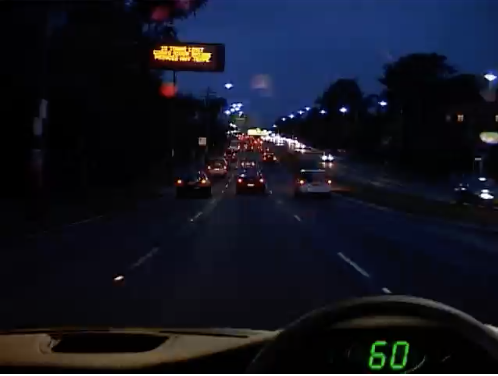
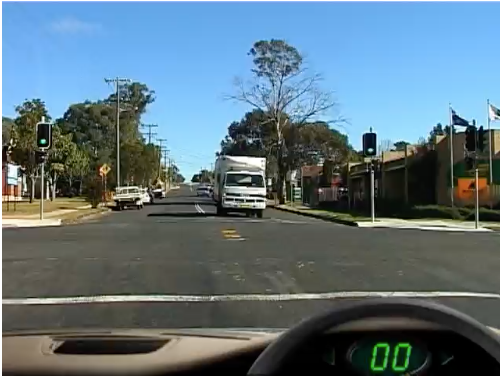
Поздравляем!